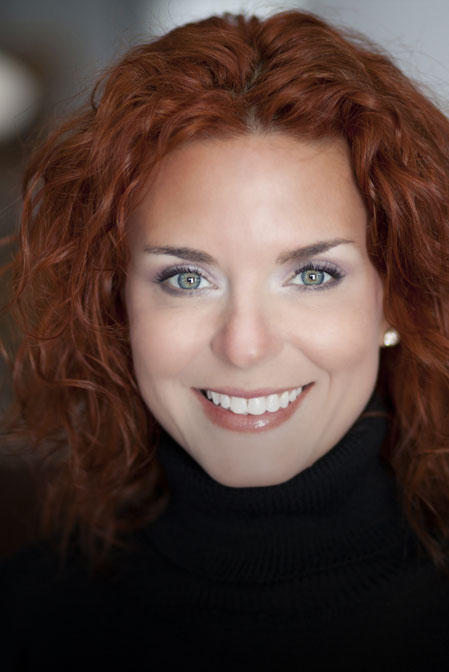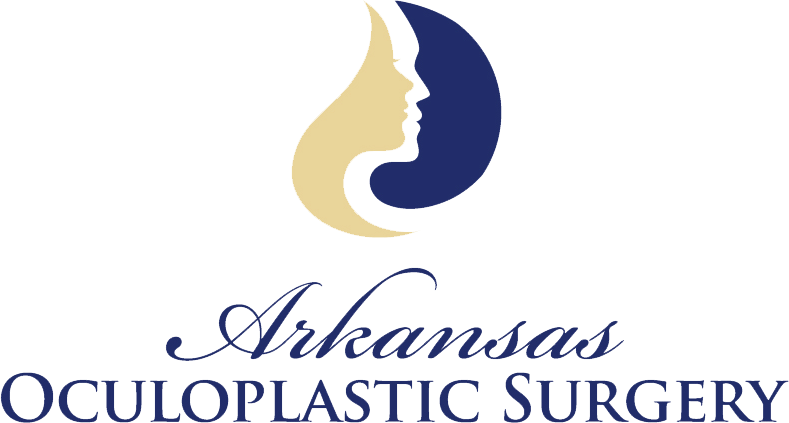
Tearing and Nasolacrimal Surgery Little Rock
Little Rock Oculoplastic & Facial Cosmetic Surgeon
Overview
Tearing can be such a frustrating problem! If you’re tearing you’ve probably had moments where you cannot see due to blurriness, you’re constantly distracted, your friends and anyone you come across ask if you are crying, you keep a Kleenex in your hands at all times, your skin gets irritated from wiping or your tears splash onto your glasses! Anything sound familiar? Tearing is just scratching the surface. Some patients tear AND have infection in their tear drain. Dr. Brock and our office can help. We can share hundreds of success stories!
Simply put, tearing can be due either to overproduction of tears or a narrow or obstructed tear drain system. Tearing due to overproduction occurs when eyes get dry.
What Causes Tearing?
That’s right! Dry eyes often cause tearing. Dry eyes occur when one of the three layers of your tear film are compromised or absent. This is a bigger problem as we age (surprise!), although some patients at any age can experience dry eyes too. Overproduction can also occur if your eye is exposed; this may happen if your eye is bulging, your missing some of your eyelid due to cancer, you can’t close your eye well, the upper or lower eyelids or both are retracted. Dr. Brock can assist you with overproduction of tears whether it’s due to dryness (options include lubricants, oral medication, punctal plugs, and correction of globe or eyelid malposition, to name the most common options).
About Nasolacrimal Surgery
When areas in the body become obstructed, they often become infected; this is true of the tear drain system too. When neglected over a period of time, or sometimes very suddenly, you may develop an abscess in the area of obstruction, requiring immediate surgical correction. If you are in need of opening the tear drain, do not delay!
While many doctors can manage dry eyes, few can provide the expertise in surgery offered by Dr. Brock and our staff. The tear drain can become narrow or obstructed at many points along the drain, and the location of the anatomical problem determines how to approach and treat it.
The punctum (or opening on the eyelid to the tear drain) can become blocked. The canaliculus, a narrow tunnel from the punctum to the nasolacrimal sac can become obstructed. The nasolacrimal sac or duct (the tunnel that carry tears from your nasolacrimal sac into the nose) can become narrow or obstructed. Sometimes, the duct is open but your eyelids are loose, having lost their function to pump your tears into the patent drain. There are multiple modalities for opening the duct or providing a pathway for your tears to be accommodated through your drain system. Loose lids can be restored to their functioning tension (horizontal eyelid tightening), puncta can be widened or opened (punctoplasty), obstructed canaliculi can be bypassed (CDCR with a Jones tube—CDCR is short for conjunctivodacryocystorhinostomy; the longest word we know!), narrow nasolacrimal ducts can be dilated with a small balloon (balloon dacryoplasty), and obstructed nasolacrimal ducts can be bypassed (DCR with stent—DCR is short for dacryocystorhinostomy; makes saying conjunctivodacryocystorhinostomy easy, but we recommend you simply use the abbreviations!).
Why You Should Choose Dr. Brock
Whatever the diagnosis and approach, Dr. Brock is trained and experienced to tackle these specific problems to correct tear drain function. Call us today at 501.223.2244 in order to discuss getting the relief you’ve been longing for. We help hundreds of patients each year get rid of their nuisance tearing; why not you too?!
Testimonial
I absolutely love Dr. Brock and the entire staff at Arkansas Oculoplastic Surgery. While any type of surgery, especially involving the eye(s), can be concerning or frightening.







